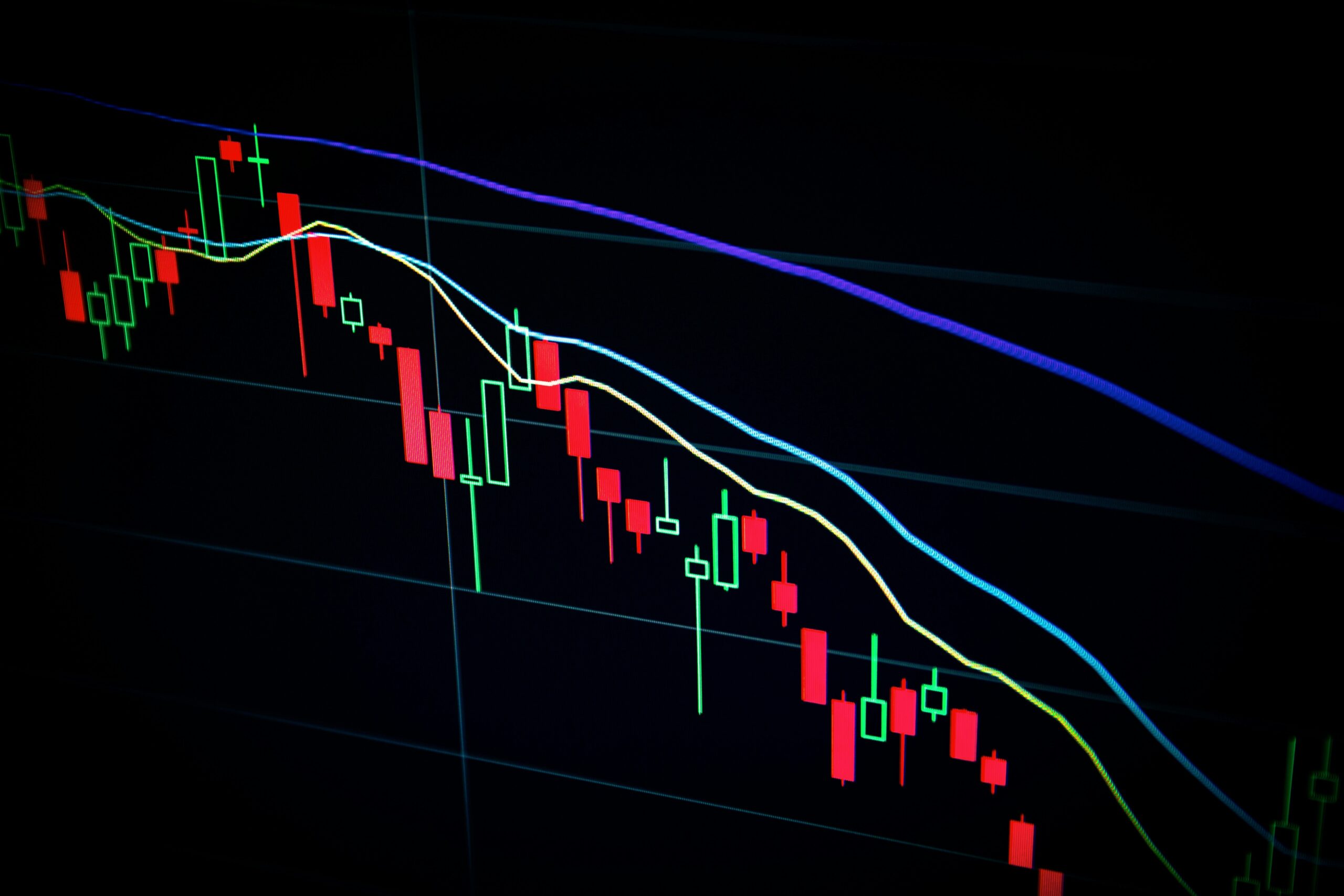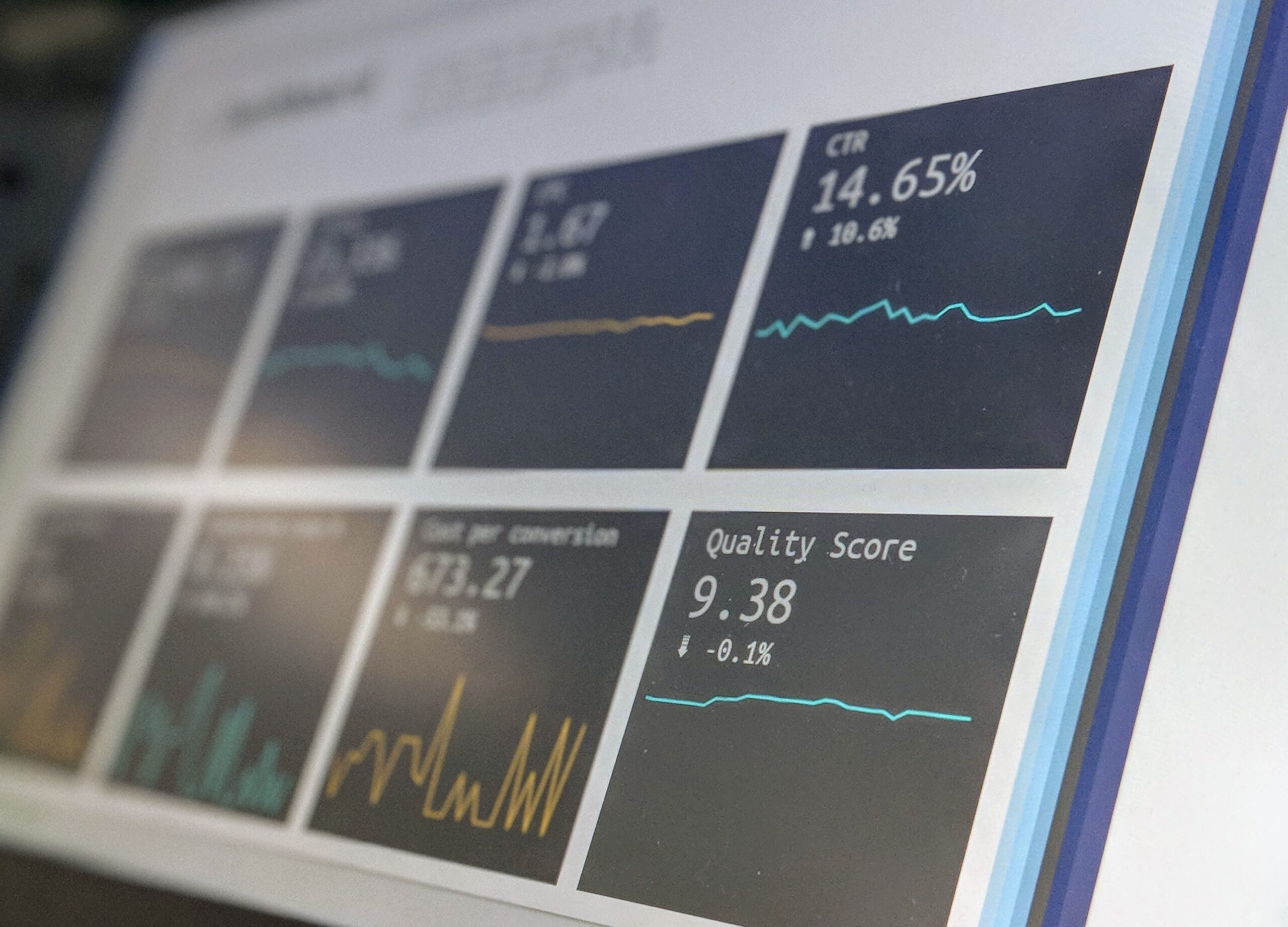Trading in the National Stock Exchange (NSE) can be a lucrative way to invest and grow your wealth. However, to be successful in trading, it is essential to understand the different types of trading and how to use fundamental and technical analysis effectively. In this blog post, we will explore these concepts in detail, providing examples along the way.
Types of Trading in NSE
1. Intraday Trading:
Intraday trading, also known as day trading, involves buying and selling stocks within the same trading day. Traders aim to take advantage of short-term price fluctuations and make profits from these price movements. Intraday traders typically close all their positions before the market closes to avoid overnight risks.
2. Swing Trading:
Swing trading involves holding stocks for a few days to several weeks. Traders look for stocks with potential price swings and aim to capture these price movements for profit. Swing traders use technical analysis to identify entry and exit points, relying on indicators such as moving averages, trendlines, and chart patterns.
3. Position Trading:
Position trading is a long-term strategy where traders hold stocks for weeks, months, or even years. This type of trading focuses on capturing larger price movements and requires a thorough understanding of fundamental analysis. Position traders analyze company financials, industry trends, and macroeconomic factors to make informed investment decisions.
Using Fundamental Analysis in Trading
Fundamental analysis involves evaluating the intrinsic value of a stock by analyzing various factors that can impact its price. Here are some key aspects of fundamental analysis:
1. Company Financials:
Examining a company’s financial statements, such as its balance sheet, income statement, and cash flow statement, provides insights into its financial health. Traders look for factors like revenue growth, profit margins, debt levels, and cash flow to assess the company’s stability and growth potential.
2. Industry Analysis:
Understanding the industry in which a company operates is crucial for evaluating its prospects. Traders analyze industry trends, competition, regulatory environment, and market dynamics to gauge the company’s competitive position and growth opportunities.
3. Macroeconomic Factors:
Economic indicators, such as GDP growth, interest rates, inflation, and employment data, can significantly impact stock prices. Traders consider these macroeconomic factors to assess the overall market conditions and their potential impact on the stocks they are trading.
Let’s consider an example:
Suppose you are interested in trading stocks in the technology sector. Through fundamental analysis, you analyze the financials of a tech company, its industry growth potential, and the overall economic conditions. Based on your analysis, you find that the company has strong revenue growth, a dominant market position, and positive industry trends. This information leads you to believe that the stock has good growth prospects, and you decide to buy it.
Using Technical Analysis in Trading
Technical analysis involves studying historical price and volume data to identify patterns and trends that can help predict future price movements. Here are some key aspects of technical analysis:
1. Chart Patterns:
Traders use chart patterns, such as support and resistance levels, trendlines, and chart formations like head and shoulders, to identify potential entry and exit points. These patterns can indicate the strength or weakness of a stock’s price movement.
2. Indicators:
Technical indicators, such as moving averages, relative strength index (RSI), and stochastic oscillators, provide additional insights into a stock’s price momentum and potential reversals. Traders use these indicators to confirm or validate their trading decisions.
3. Volume Analysis:
Volume analysis helps traders understand the level of market participation in a stock. High trading volume during price movements can indicate strong market interest and potential trend reversals.
Let’s consider an example:
Suppose you are swing trading a stock using technical analysis. You identify a bullish trend based on an upward-sloping trendline and increasing trading volume. Additionally, the stock’s RSI indicator shows it is not overbought. These technical indicators suggest that the stock is likely to continue its upward movement, and you decide to enter a long position.
Remember, both fundamental and technical analysis have their strengths and limitations. Combining these approaches can provide a more comprehensive understanding of a stock’s potential.
In conclusion, trading in the NSE involves various types of trading, such as intraday, swing, and position trading. To make informed trading decisions, it is essential to use fundamental analysis to evaluate a company’s financials, industry trends, and macroeconomic factors. Additionally, technical analysis can help identify patterns, trends, and entry/exit points based on historical price and volume data. By combining these approaches, traders can enhance their trading strategies and increase their chances of success in the stock market.




